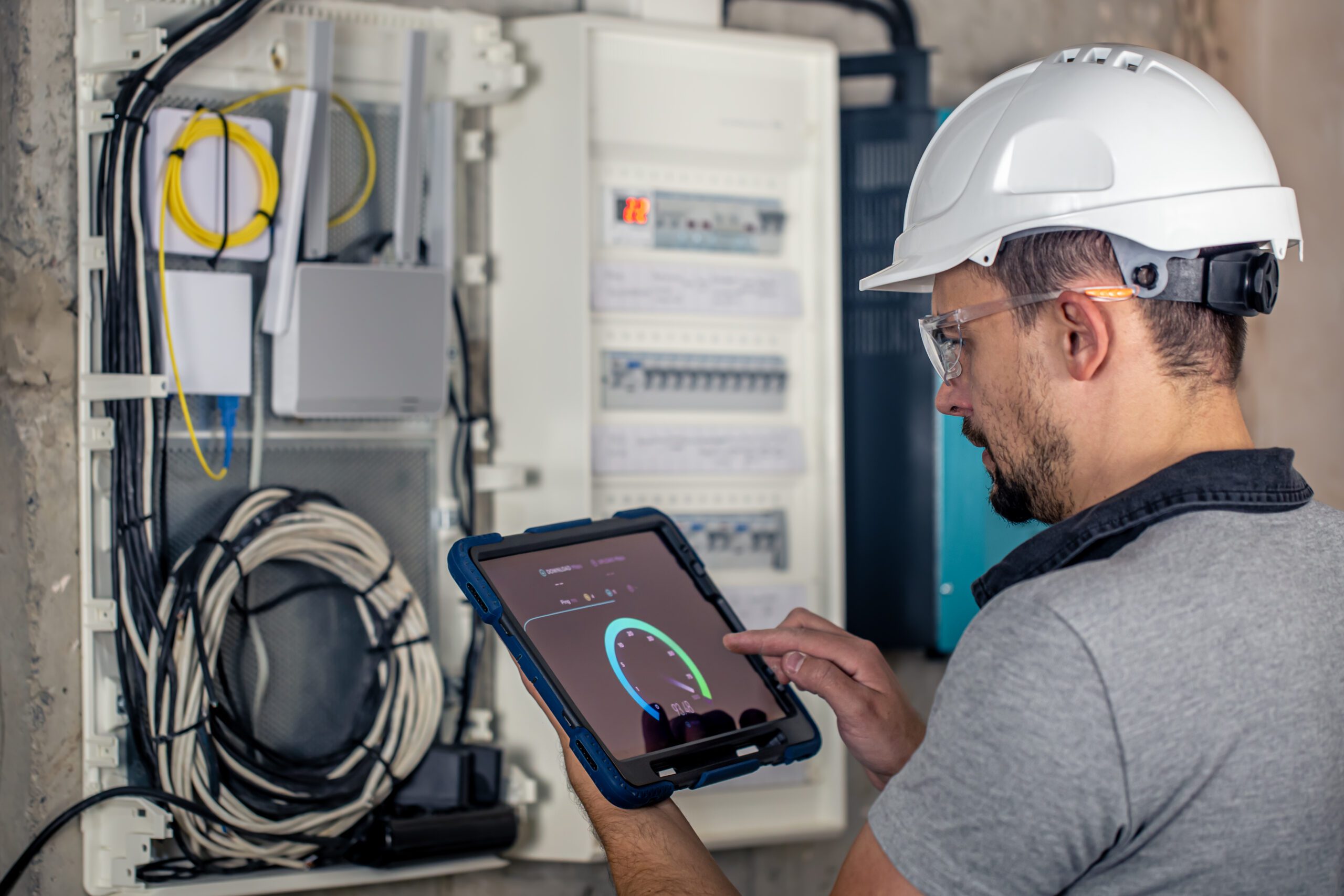In traditional utility management, detecting and resolving outages depended on customer calls and manual inspection processes, which slowed response times and frustrated customers. Today, Field Service Management (FSM) powered by Smart Meters and Internet of Things (IoT) technology is transforming the way utilities detect, respond to, and prevent outages.
FSM in Utilities: From Reactive to Proactive Outage Management
Historically, utilities operated in a reactive mode – wait for a complaint, send a crew, and troubleshoot on-site. This meant that minor issues could escalate before being addressed. Now, smart meters equipped with IoT connectivity provide real-time data on power flow, voltage levels, and equipment status.
For example, a sudden drop in voltage at multiple smart meters can signal an outage before customers even pick up the phone. This proactive detection allows dispatch teams to pinpoint affected areas, prioritize repairs, and reduce downtime.
How Smart Meters and IoT Work Together
Smart meters are advanced energy meters that also function as data hubs. Connected to IoT platforms, they continuously transmit:
- Usage patterns: Monitoring consumption helps detect irregularities.
- Voltage fluctuations: Identifying overloads or underperformance.
- Tampering alerts: Signaling unauthorized interference.
This data is processed through utility FSM software that allows dispatchers to:
- Pinpoint outage locations with GPS-mapped meter data.
- Assign the right crew based on skills, availability, and proximity.
- Track repair progress in real-time via mobile FSM apps.
By integrating FSM with IoT analytics, utilities can dramatically cut down diagnostic time and send crews directly to problem points.
The Benefits for Utilities and Customers
· Faster Response Times
With outage detection automated through smart meters, repair teams can be mobilized instantly. Crews receive digital work orders with all necessary details, allowing them to address the issue immediately.
· Improved Crew Efficiency
FSM platforms integrate scheduling, routing, and asset management. Combined with IoT alerts, this ensures that crews spend less time traveling and more time fixing.
· Enhanced Customer Satisfaction
Customers are notified automatically through SMS, email, or app alerts about the outage and expected restoration time, reducing uncertainty and improving trust.
· Data-Driven Maintenance
IoT insights help utilities schedule preventive maintenance. For example, repeated voltage dips in a specific area might prompt an inspection before a major fault occurs.
Real-World Example: Predictive Outage Prevention
Some utilities are already using AI-powered FSM tools connected to smart meters to predict outages before they happen. By analyzing historical consumption patterns, weather forecasts, and meter data, the system can flag high-risk areas. Crews can then replace components or upgrade infrastructure in advance to avoid costly emergency repairs and minimize customer disruption.
Challenges to Consider
While the benefits are significant, utilities must address:
- Cybersecurity Risks: With more devices connected, protecting customer and grid data from cyberattacks is critical.
- Integration Complexity: Merging legacy utility systems with modern FSM and IoT platforms requires careful planning.
- Upfront Investment: Deploying smart meters and IoT infrastructure involves costs that must be balanced against long-term operational savings.
The Future of Outage Response
As 5G networks expand, IoT devices will transmit data even faster and more reliably. FSM software incorporates AI and machine learning to do outage prediction even more accurate. In the future, we may see self-healing grid systems that automatically reroute power around faults without human intervention.
For utilities, the shift from manual, reactive processes to IoT-driven FSM is a technological upgrade that provides faster response, smarter planning, and greater transparency.





